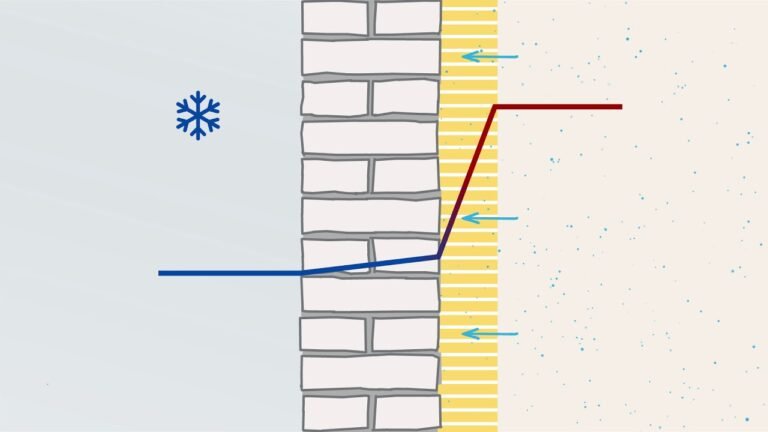
This video explains why internal insulation is a desirable but yet risky solution.
RIBuild is an EU research project that develops guidelines on how to install internal insulation in historic buildings in a moisture safe way.
Get to know the project on www.ribuild.eu.
Join the newsletter:
source
How does moisture get past the acrylic paint on the sheetrock?
Great video! I am remodeling an apartment in Portugal and the wall gets so cold. Thinking of using ceramic cooating internally (via spray). I believe moisture doesn’t penetrate. Is it a common way for internal thermal insulation? How effective is it?
Hadrians wall in Scotland looks a bit shabby it’s only about 1600 year old and look at them tombs in Egypt still see the paint, technology we are catching up slowly
Historic buildings are highly likely to be 'breathable' design and construction. There is an issue, but not as intense as the above video.
This video should be watched by BEIS people. Otherwise we will end up again with wrongfully designed grants programmes.
Great video
RIBuild is a good idea of a Project but, internal insulation should be avoided or even prohibited for construction, because of the interstitial mold behind insulation and health problems caused to the building occupants. However, internal insulation is a great solution, without risks, by applying in practice the Principle of Avoiding Condensation:
https://www.youtube.com/watch?v=k_QXw1BCZ2A&t=26s
Hopefully, the world will go forward with the Moisture-Free Solution for Building by Avoiding Condensation, and not stay on moisture control building science, which cause so many problems.
Excellent video. What insulation material is open for vapor diffusion though? I can only think of open cell spray foam but it is not a desired method to use IMO.
Guys how do you find the highly performant diasen thermactive plaster to internally insulate a solid wall?
What insulation materials are vapour tight?
Condensates or condenses?
That's really a great way of explanation.
I need help from you guys. As im doing my thesis on how to do the heat insulation in an olden brick wall building in Germany. if I get some information regarding sustainable ways of heat insulations it will be helpful for me in my thesis. that building was built-in 1929-30. so the heat insulation was not that great in that building. it is under UNESCO heritage buildings.
What about the use of cork as an internal insulation ? What is the best thickness/density to use for an internal wall which is set into a cutting in a hill ?
Hi. I am studying building surveying here in ireland. I am currently working on my dissertation. I am interested to know if you are aware of any cases of spawling walls due to over insulation. I would really appreciate any help you can give me with this subject. I would greatly appreciate your input or a possible 20 min skype or phone interview with somebody in your company. If this is possible or you can at least offer some help please reply as it will be extremely well appreciated. Thank you very much
Excellent! Short and to the point. Good graphics too.